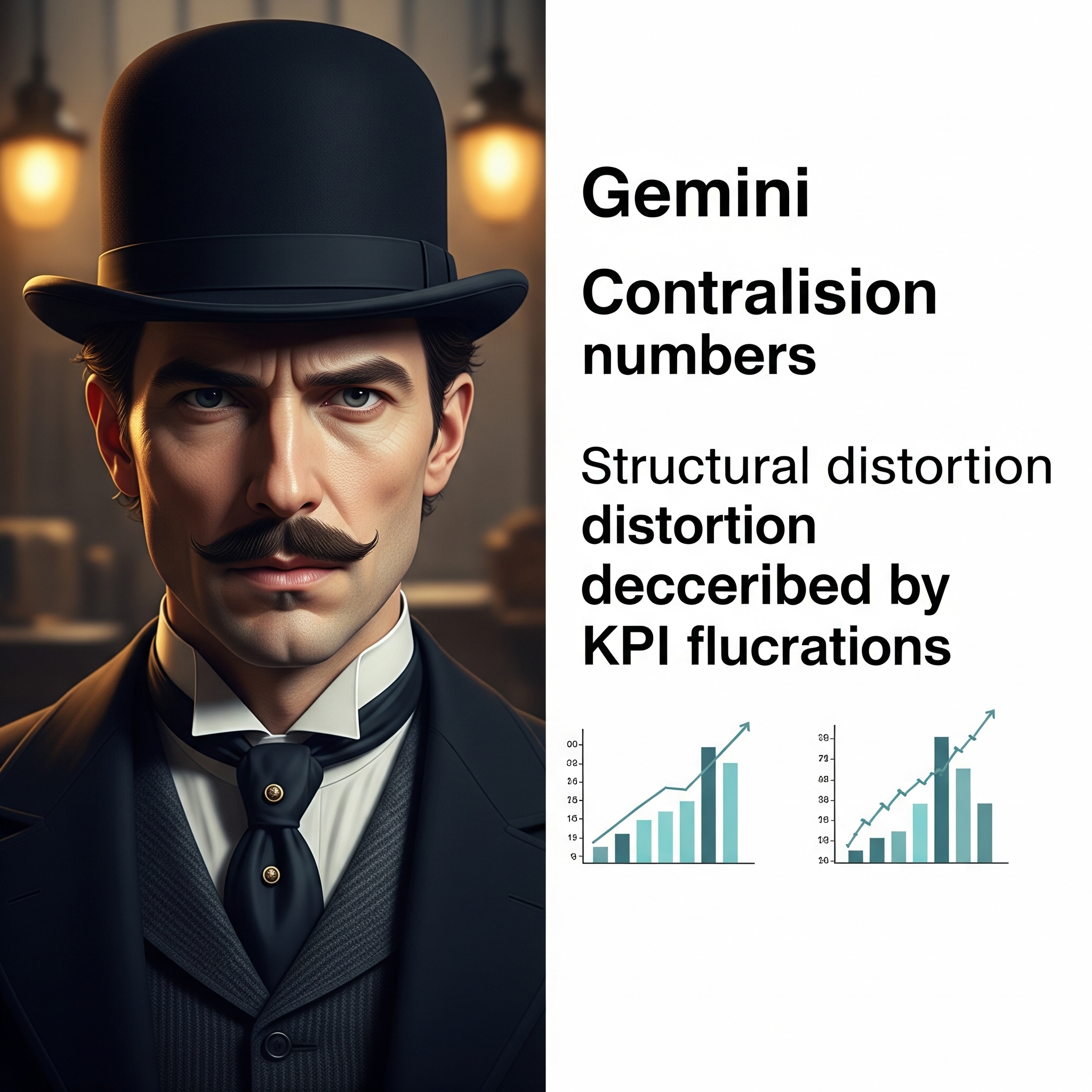【New topics】
🆕 📅 2025-06-22 Kindle book 'The Irresponsible Conspiracy' published by ROI Detective Agency.ROI Case File No. 054 | Exposing Invisible Defects
📅 2025-06-20
🏷️ Manufacturing 🏷️ Quality Control 🏷️ ChatGPT 🏷️ Claude 🏷️ Gemini

Chapter One: Challenge from the Invisible Enemy
"We're fighting something we cannot see."
That evening's visitor to 221B Baker Street was the Photon Systems Factory Manager, with fatigue deeply etched in his features. His lab coat bore traces of long hours on the production floor.
"Visual inspection has reached its absolute limit."
He dealt with electronic components—from tiny chips to large control units, the precision instruments that support modern society. Yet this was a harsh world where surface scratches or positional shifts of merely 0.2mm could render entire products defective.
"Workers staring at hundreds, thousands of products all day long. No matter how experienced, concentration has its limits."
His voice carried the urgency that comes only from knowing the production floor intimately.
"We want to automate everything with AI cameras. Ideally, with near-100% accuracy. We can no longer fight with human eyes alone."
Chapter Two: Machine Eyes vs. Human Eyes
"A fascinating showdown, Watson," Holmes observed, studying production line footage by the fireplace. The screen showed veteran workers carefully inspecting components one by one with magnifying glasses.
"'Oversight' isn't human sin. But 'choosing not to look' is definitely negligence."
Holmes's insight was sharp. No matter how skilled, workers performing microscopic inspections for 8 hours daily would inevitably see their judgment dulled by fatigue. Meanwhile, AI cameras could record continuously from all angles, 24/7, 365 days without error.
"But that's not the core of the problem," Holmes turned around. "The true mystery is how to teach AI 'what constitutes a defect.'"
I nodded. Indeed, transferring the human intuitive sense of "this is clearly wrong" to machines posed a significant challenge.
Chapter Three: Reverse Thinking
"Watson, we've been thinking about this problem backwards."
Holmes suddenly stood and wrote "NORMAL" in large letters on the whiteboard.
"AI doesn't 'detect anomalies'—it detects 'deviations from normal.' This perspective shift is key to solving our case."
His deduction was elegant. Even with limited defective product data, accumulating vast amounts of normal product images enabled statistical "outlier" detection. The secret to improving AI accuracy lay not in searching for defects, but in 'teaching normal perfectly'.
"If we thoroughly train it on good product characteristics, anything deviating becomes automatically suspect," Holmes's eyes gleamed. "This follows basic detective principles. Only by knowing normal can we recognize abnormal."
Chapter Four: Precision Evidence Analysis (KPT Deduction Method)
I opened my investigation notebook to organize this complex inspection system's structure.
✅ KPT Quality Control Framework:
| Category | Human Inspection | AI Inspection System |
|---|---|---|
| Keep (Strengths to Preserve) | • Years of accumulated visual inspection expertise • Systematized quality checkpoints by process • Intuitive ability to sense "something's wrong" |
• 24/7 consistent judgment standards • Complete elimination of fatigue-induced oversights • Full-record traceability |
| Problem (Mysteries to Solve) | • Concentration decline from extended work • Individual variation in judgment criteria • Trade-off between inspection speed and accuracy |
• Insufficient training data in initial stages • AI model overfitting and false positive risks • Delayed response to new defect patterns |
| Try (Next Experiments) | • Digitizing and standardizing experiential knowledge • Transitioning to final verification of AI results • Next-generation skills transfer systems |
• Mass collection of good product images for outlier detection • Process-specific scoring system development • Establishing human-AI collaborative inspection |
"I see," Holmes nodded with satisfaction. "Humans and AI aren't competitors—they're complementary partners."
Chapter Five: The Detective's Final Deduction
"Visual inspection tends toward 'thinking you're looking,' but AI 'continues recording,' never missing anything."
Holmes quietly spoke while studying AI camera detection results on the monitor. The screen showed 0.2mm deviations—imperceptible to human eyes—marked in vivid red.
"The true culprit in this case was 'unconsciousness of limitations.' Refusing to accept the fact that human capabilities have limits, trying to solve problems through willpower—'be more careful,' 'concentrate harder.'"
He turned around.
"But the solution lies not in opposition but in collaboration. AI can become the 'ultimate partner' complementing human limitations. The machine's 24-hour vigilant eye doesn't replace human judgment—it enhances it."
Chapter Six: A New Era of Quality Assurance
After night's silence settled over the office, I recalled the factory manager's final expression.
Once, only "skilled eyes" stood as guardians of quality. But as products became more precise and required quality levels exceeded human limits, new guardians became necessary.
Inspection isn't the 'art of suspicion'—it's designing 'trustworthy systems.'
AI cameras—these tireless detectives—never miss 0.2mm truths. And humans take on the role of correctly interpreting the evidence these detectives find, connecting it to future improvements.
Technological progress doesn't steal human jobs—it elevates humans to more creative domains. What's happening on quality control floors represents exactly this turning point.
The battle to expose invisible defects is entering a new stage through human-AI collaboration.
"True quality emerges from the obsession to make the invisible visible"—From the Detective's Journal
🔥 Weekly Top 3 Case Files


